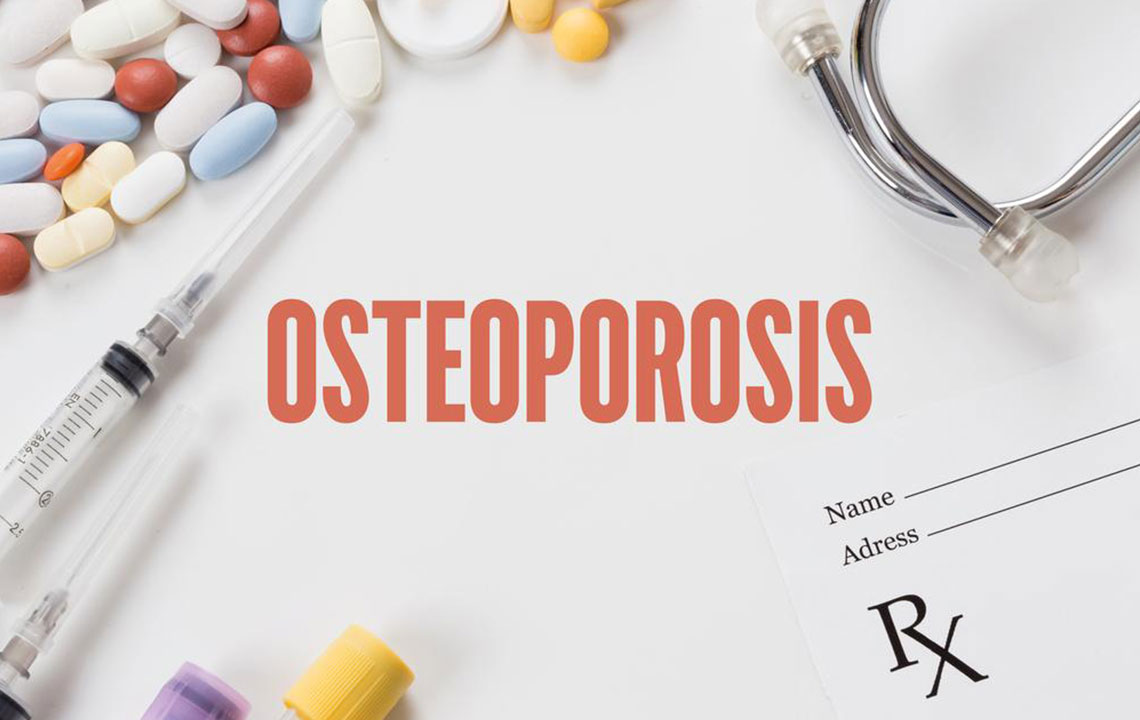Comprehensive Guide to Bone Density Tests: Methods and Significance
Learn about bone density testing methods like DXA and QCT, their procedures, and how results indicate bone health status. Early detection of osteoporosis is key to preventing fractures. This guide explains test processes, key scores, and their significance for maintaining strong bones and overall health.

Bone density testing is a vital diagnostic procedure used to evaluate the mineral strength of bones. These assessments are key to detecting osteoporosis early, often before symptoms or fractures occur. Commonly, scans focus on the spine or hip, which are frequent fracture sites. Before these tests, osteoporosis was usually identified only after bone fractures. The process involves lying on a cushioned platform while a small device scans the bones. Exposure to radiation is minimal—similar to a chest X-ray—and the entire procedure lasts between 10 and 30 minutes.
There are primarily two types of bone density evaluations. The first, DXA (Dual-energy X-ray Absorptiometry), employs low-dose radiation to create images that show bone loss. It requires no special prep aside from avoiding jewelry and calcium supplements beforehand. The second, QCT (Quantitative Computed Tomography), uses a CT scanner to assess bone density, particularly useful for individuals with scoliosis or needing detailed assessment near the spine. Results are expressed as T-scores and Z-scores, aiding in the interpretation of bone health.
Interpreting results:
A T-score above -1 indicates normal bone density.
A T-score between -1 and -2.5 suggests osteopenia or low bone mass, increasing fracture risk.
A T-score of -2.5 or lower confirms osteoporosis.
The Z-score compares your bone density to that of healthy peers your age and sex; a Z-score below -2 may point to secondary causes of bone loss.
This information is for educational purposes and does not replace professional medical advice. Always consult a healthcare professional for diagnosis and treatment options.


